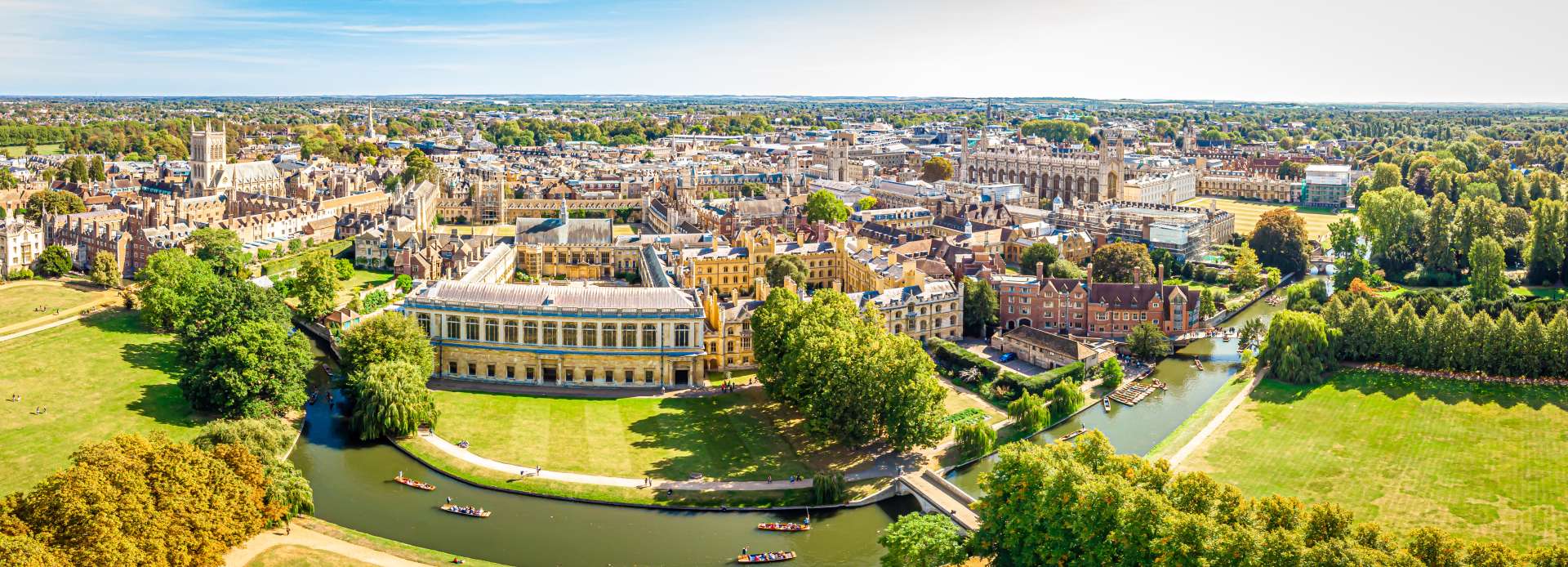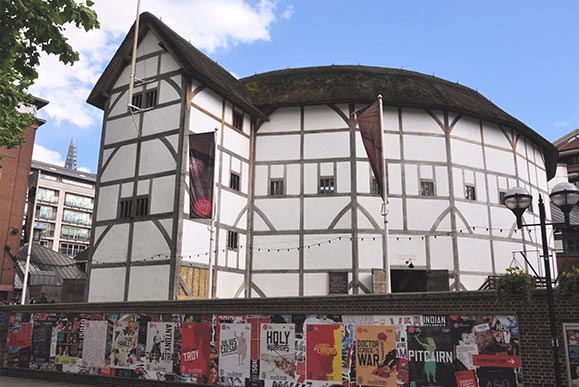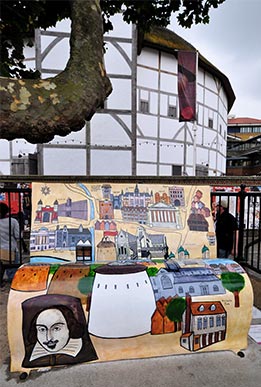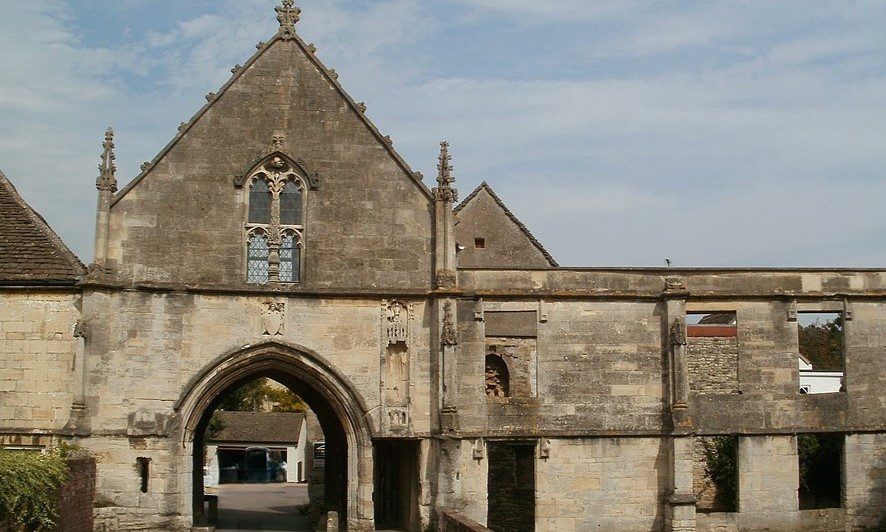
Highgate Cemetery — Gothic Beauty and Victorian Memory
Discover Victorian Monuments, Famous Graves, and Tranquil Woodland Paths Swain’s Lane, London N6 6PJ, England.
Specification
A Resting Place Like No Other
Nestled among the trees of North London, Highgate Cemetery is one of the most evocative and beautiful burial grounds in the world.
Opened in 1839, it reflects Victorian ideals of art, nature, and remembrance — where architecture and emotion intertwine.
Today, it’s both a place of peace and a window into the lives that shaped modern Britain.
A Victorian Vision of Eternity
Highgate was one of the “Magnificent Seven” cemeteries built around London in the 19th century to provide dignified burials outside the crowded city.
It was designed as both a cemetery and a landscaped garden — a place where art and nature met to comfort the living as much as honour the dead.
Divided into the East and West Cemeteries, Highgate combines Gothic architecture, winding paths, and stunning monuments surrounded by trees and wildflowers.
Exploring Highgate Cemetery
1. The West Cemetery
The West Cemetery is the oldest and most atmospheric section.
It’s home to the famous Egyptian Avenue, Circle of Lebanon, and elaborate mausoleums carved into the hillside.
Guided tours reveal stories of the Victorians who rest here, their lives captured in symbols, carvings, and epitaphs.
2. The East Cemetery
Across Swain’s Lane lies the East Cemetery, where many of the most famous graves can be visited freely.
Here you’ll find Karl Marx, George Eliot, Christina Rossetti, and Douglas Adams, among others.
In addition, the East side remains an active burial ground, connecting Victorian heritage with contemporary remembrance.
3. Art, Architecture, and Nature
The cemetery’s design blends Gothic and Egyptian styles, reflecting the 19th-century fascination with death and eternity.
However, its overgrown beauty — ivy trailing over angels and obelisks — gives it a uniquely romantic atmosphere.
In spring, bluebells and primroses bloom among the gravestones, turning Highgate into a true “garden of memory.”
Learn more at the Highgate Cemetery official website
A Place of Reflection and Renewal
Beyond its famous names and striking tombs, Highgate is a sanctuary for nature and quiet thought.
Wildlife thrives among the monuments, while conservation efforts preserve its delicate balance of decay and beauty.
Furthermore, its guides and volunteers ensure every story — from Victorian stonemason to political reformer — continues to be told.
Visiting Highgate Cemetery
How to Get There
Address: Swain’s Lane, London N6 6PJ
By Tube: Archway (Northern Line) — 10-minute walk.
By Bus: Routes 143, 210, 271 stop nearby.
By Car: Limited parking; public transport recommended.
Opening Hours & Admission
East Cemetery: Open daily; small admission fee.
West Cemetery: Guided tours only (book online).
Facilities
Visitor centre and gift shop
Guided tours and themed walks
Step-free access to East Cemetery only
Photography permitted with respect
Nearby Attractions
Kenwood House: Neoclassical mansion with art and gardens.
Hampstead Heath: Vast open parkland with city views.
Keats House: Romantic poet’s former home in Hampstead.
Waterlow Park: Peaceful green space just below the cemetery.
Together, they form the North London Heritage and Nature Trail.
Why Visit Highgate Cemetery?
The Highgate Cemetery experience is both historical and emotional.
It’s a place where art, architecture, and memory intertwine beneath ancient trees.
Whether you come for the history, the peace, or the beauty of its monuments, you’ll find a timeless reminder of life’s continuity.
It’s not just a cemetery — it’s London’s most poetic garden of remembrance.






No Reviews